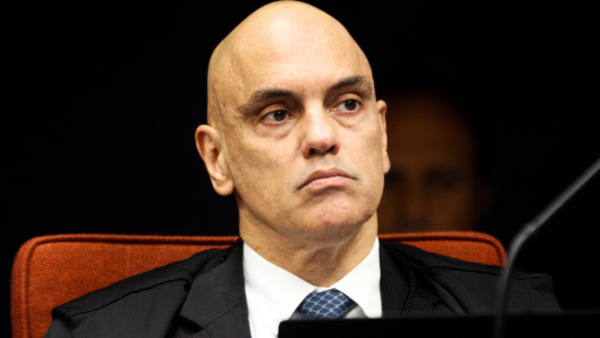The rate of tropical primary forest loss in Brazil jumped 15 percent between 2021 and 2022, according to data from the University of Maryland. Some 1.8 million hectares of primary forest were cleared last year, an area the size of New Jersey, much of that coming in the Amazon.
Primary forest is defined as an area of native tree species with no visible indications of human activity or disturbance.
Beyond Brazil, researchers showed that primary forest loss increased by 10 percent in the tropics as a whole last year — this comes despite commitments at COP26 in Glasgow at the end of 2021, where 145 countries promised to “halt and reverse forest loss and land degradation by 2030.”
In 2022, Brazil accounted for 43 percent of the world’s total tropical primary forest loss. The Amazonian states of Amazonas and Acre saw huge deforestation numbers, with the former almost doubling its rate of primary forest loss in the space of three years.
The latest numbers show that “non-fire related” loss reached its highest level in 17 years. Non-fire related loss occurs with mechanical clearing for logging or agriculture and is typically the most common form of deforestation.
The rate of primary forest loss in Brazil has accelerated significantly in the last seven years, particularly after the impeachment of former President Dilma Rousseff, and the ascension to power of her Vice President Michel Temer. Far-right former President Jair Bolsonaro continued the trend, dismantling environmental oversight and gutting protection agencies.
Incumbent President Luiz Inácio Lula da Silva has promised to eradicate all illegal deforestation in the Amazon by 2030, which is a tall order in anyone’s books.
Amazon deforestation between January and May of this year is already the lowest for the period since 2019.


 Search
Search










































